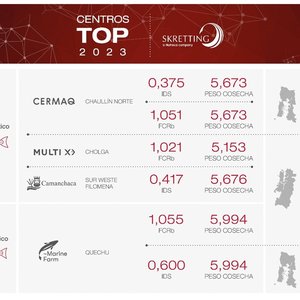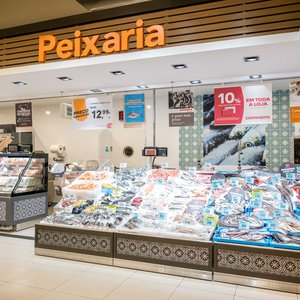The latest NOAA Aquaculture News provides a rundown on regulatory actions, science and technology transfer, as well as a look at what 2016 will bring.
The science section outlines that the first phase of an effort to improve the delivery of NOAA\'s aquaculture science to those who can use it, was completed as the Aquaculture Science Story Map went live on its website. Currently the map covers the majority of research at NOAA Fisheries and National Ocean Service Labs and extramural research funded by NOAA grant programs will be added in the future.
A look at technology transfer shows that NOAA continues to work with USDA, the US soybean board, and researchers on securing FDA approval for the use of taurine supplements in fish and shrimp feeds. The use of supplemental taurine reduces dependence on fish meal for aquaculture feeds for some carnivorous finfish by facilitating greater use of plant proteins.
Looking to 2016, NOAA Director Dr. Michael Rubino discusses the challenges that lie ahead, and notes that the Strategic plan will be issued shortly, which outlines priorities and activities for the next five years.
NOAA and USDA will be working with the University of Maryland Sea Grant program to prepare an economic impact analysis of US aquaculture and to gather more accurate production figures.
“Toward the end of 2015, the Department of Health and Human Services and USDA issued nutrition guidelines that reaffirmed that we should double our seafood consumption. If domestic aquaculture is to provide a portion of this seafood demand, we will need all locations and technologies: nearshore, offshore, and on land recirculating technologies; finfish, shellfish, seaweed; and freshwater and marine species. Although NOAA\'s focus is on marine species, we will continue to work closely with USDA and many partners on science and technology that cuts across species and locations: alternative feeds, economic impact of aquaculture, genetics/genomics,” he said.
Read the newsletter here.







